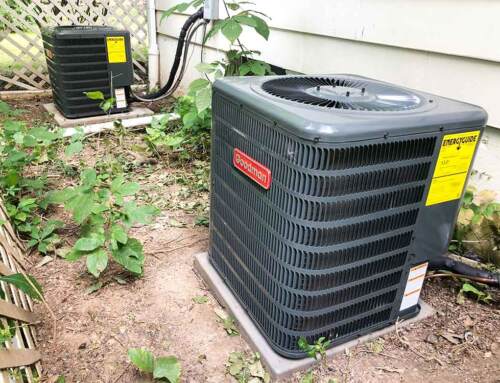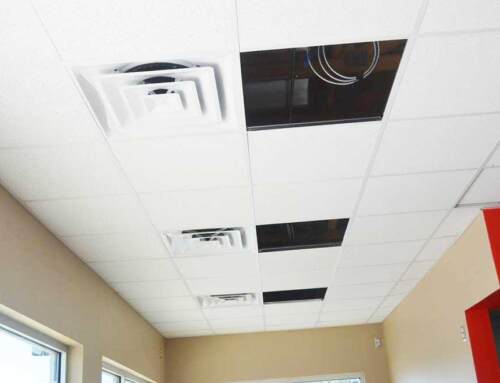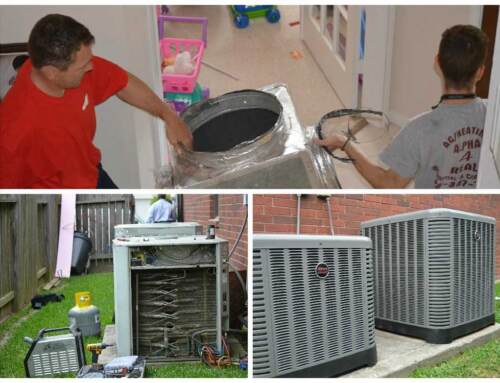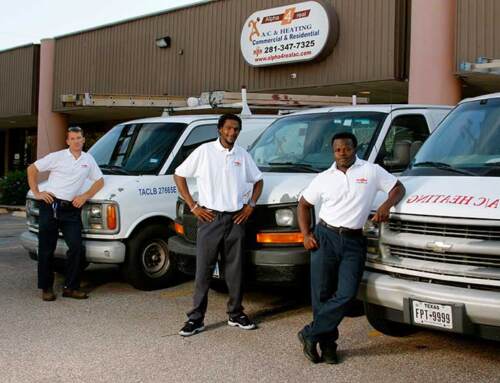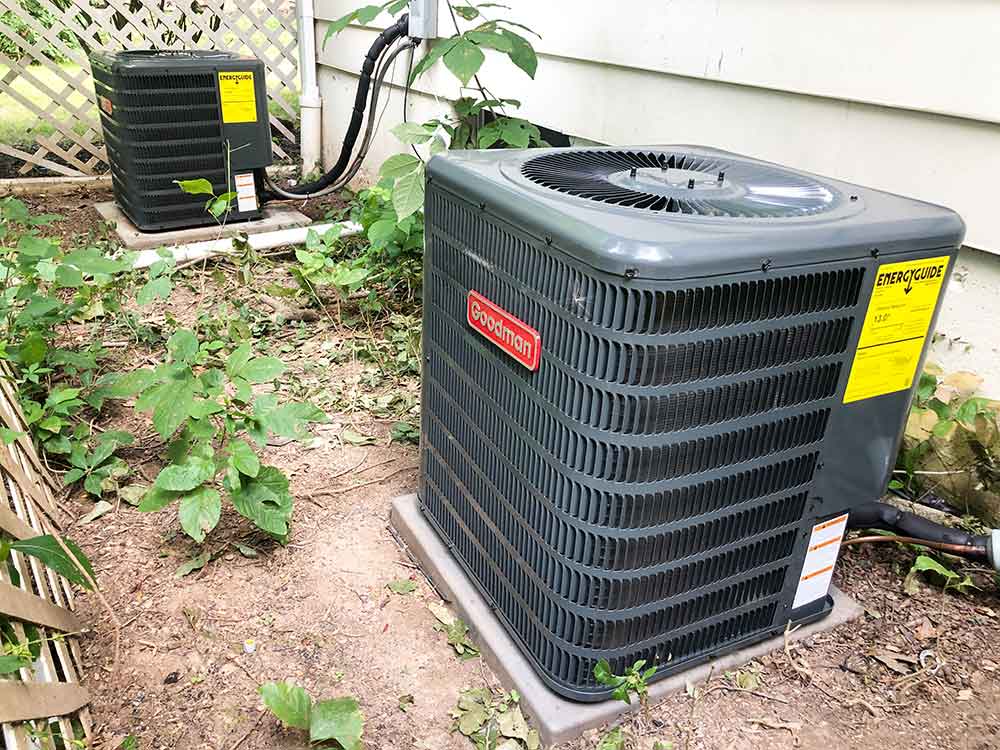
By Brenda Ashaka
Alpha 4 Real AC Repair & Service, Katy, TX
Ideally, your heating and air conditioning system should maintain a consistent temperature throughout the house. If you set your thermostat to 74 F, every room or floor level in the building should be cooled or warmed to 74 F.
However, this isn’t always the case.
You might notice that some rooms are hotter or colder than others. You might even notice hot and cold spots in the same room. This is where air balancing comes in.
It restores balance in the air pressure so every room receives the right amount of warm or cool air. In this article, we will explain what air balancing is, what it entails, and why it’s important for your home.
What is Air Balancing?
Air balancing is the process of adjusting the elements of a heating, ventilation, and air conditioning (HVAC) system to ensure that the conditioned air is uniformly distributed throughout the house.
The goal of air balancing is to ensure that the air volume entering the rooms through the supply ducts is in proportion with the air volume being drawn out through return ducts and that all rooms receive the correct volume of air.
How Does Air balancing Work?
Air balancing entails testing and adjusting the heating and cooling system.
A HVAC professional like the pros at Alpha 4 Real AC and Heating Service, will assess the HVAC system and conduct tests and determine the steps to take in order to achieve a well-balanced air system.
See Also: The Ultimate Fall and Winter HVAC Maintenance Checklist.
Just as air balancing problems arise from a myriad of issues, there are multiple ways to restore the airflow balance.
How to Achieve Air Balance in Your Home
Here are the different steps you can take to achieve air balance in your home.
- Adjusting Damper Plates
- Resizing the Ducts
- Adjusting the Vents
- Improving the Insulation
- Upgrading Windows
- Other Air Balancing Measures
Unbalanced airflow in a room can be corrected by adjusting the internal dampers in the supply ducts. Turning the lever until the disk is flat increases airflow while turning the lever so the disk is upright blocks airflow.
Resolving air equilibrium issues also entails checking the duct size. Reducing the duct size is all it takes to increase the airflow in some rooms.
Adjusting the vents is another way to help distribute the warm or cool air efficiently. Simply adjust the vents in small increments and monitor the changes in temperature.
Checking and improving the insulation in rooms with air equilibrium issues is also part of the process. For example, consider adding insulation in rooms with multiple exterior walls and floors.
Improving your home’s insulation and window treatments can help preserve the desired temperature in all rooms.
Air balance issues also occur where the windows aren’t up to the CFM requirements stated in the blueprint of your home. In this case, upgrading the windows can put an end to the airflow problems.
Resolving air balancing issues can also entail adjusting the fan speed up or down, using zone control and secondary thermostat, installing new dampers, sealing duct leakage, replacing the ductwork, fixing or replacing air registers, or even changing the entire HVAC unit.
Why Is Air Balancing Important?
Air balancing is an important part of HVAC care and maintenance. It resolves the issues caused by an unbalanced system and brings about the following benefits.
- Air Balancing Maintains the Desired Comfort Level
- Air Balancing Improves Air Quality
- Air Balancing Reduces Energy Bills
- Air Balancing Extends the Life of Your Unit
Air Balancing Maintains the Desired Comfort Level
When a HVAC system is properly balanced, each and every room receives just the right amount of conditioned air to maintain the desired temperature and comfort level throughout the house.
Air Balancing Improves Air Quality
Maintaining the optimal air pressure allows air to flow properly. Good airflow reduces the amount of airborne pollutants such as dust, pollen, pet dander, and mold spores circulating in the air you breathe.
Air Balancing Reduces Energy Bills
A well balanced HVAC system runs efficiently. It does only the necessary work to maintain the ideal temperature and doesn’t draw too much electricity.
Air Balancing Extends the Life of Your Unit
When your cooling and heating systems are in proper balance, they don’t overwork in order to do their job. This reduces wear and tear and ensures your HVAC units last a long time.
What Causes HVAC Air Balance Issues?
Your furnace and air conditioner are composed of multiple elements and controls working together in harmony. These elements can go out of balance and require adjusting.
The blueprint for your home specifies your home’s air balancing needs. It defines the insulation requirements, ductwork placement, and size of registers.
It also states the Cubic Feet per Minute (CFM) of conditioned air for each room. If the furnace or AC size and installation isn’t as specified in the blueprint, air balancing issues will ensue.
How To Tell Whether Your Home Needs Air Balancing
So how can you tell if your forced air system is out of equilibrium and needs air balancing? If you notice the following signs, it’s time to get your system balanced.
Signs That You Home Needs Air Balancing
- Hot or Cold Spots
- High Heating or Cooling Bills
- Inconsistent Air Flow
Have you noticed that some rooms in your house are warmer or cooler than others? Are there hot and cold spots in some areas of your home? This is a sign that your HVAC system is unbalanced and struggling to preserve a consistent temperature throughout the house.
If your home has an unbalanced system, it will cost you more to heat and cool. When outside sir is sucked in or conditioned air forced out through cracks and gaps, your furnace or AC will run longer and draw extra power to compensate. Your system’s energy efficiency will go down and your energy bills will go up.
The rooms farthest from your HVAC unit may not have enough airflow and will be warmer or colder than the set temperature. The vents will struggle to feed air and you will notice temperature swings between floors.
Wrapping Up
If you’re experiencing hot or cold spots or temperature differences between rooms or different levels of the house, it’s likely that your HVAC system is out of balance.
Air balancing is necessary to ensure a forced air system is working efficiently. It ensures your HVAC system maintains the desired comfort level throughout your home, improves energy efficiency, reduces utility bills, and ensures your heating and cooling unit last for many years to come.

